Shared Suffering Builds Stronger Communities
Today, we’re more interconnected, yet also more fragmented, than ever before. We’re lonely, and yet we fear intimacy. Everyone is welcoming, and yet none of us really know each other.
1. Introduction
In Part 1, we explored how pain brings us closer together. We discovered that suffering creates a visceral need for human connection, and that, in turn, this connection provides a powerful antidote to suffering. We also suggested that leaning in on compassion—as opposed to empathy—allows us to strengthen and reinforce our social bonds.
Pain, however, also shapes the social tapestry and cultural dynamics of the communities we call home. “When tough experiences are shared,” writes social psychologist, Brock Bastion, “they act as a catalyst for binding people into cohesive groups; generating a powerful shared sense of solidarity, which, in turn, renders their struggles more comprehensible, meaningful, and manageable.”
This is the kind of dynamic I will be exploring today. I want to find out how hardship binds us into groups; and how it fosters consideration and cooperation within those groups. But I also want to look at how the comfort and apathy of modern times—the cotton-wool culture we’ve all grown up with—has disturbed this dynamic: rendering our communities more fragmented and atomised than ever before.
2. Comradeship In Warfare
The tightest communities tend to arise out of the toughest of times. Stephen E Ambrose presents us with a classic example in his World War II biopic—Band of Brothers. “Within Easy Company they had made the best friends they had ever had, or would ever have,” he wrote. “The result of these shared experiences was a closeness unknown to all outsiders: comrades are closer than friends, closer than brothers. Their relationship is different from that of lovers. Their trust in, and knowledge of each other is total.”
Judged by their letters, the personal bonds developed between soldiers were infinitely more important to them than squads, companies, and battalions. When organisations broke down, and groups of men were cut off and far from help, individuals functioned as beacons of hope to others around them: companions, and confidants, who gave one another the continued will to fight on, and endure the rigors of war.
Arthur Bennett, Canadian infantryman, 22 years old, wrote, while he was stationed in South Africa: “We always sleep, eat and chum together. Everything I get I share with them and they do the same with me.” He went on to explain how on campaign, “my chum will do anything for me … What he has is mine and I the same.”
“They lacked so much despite their individual perfection. In standing free of brotherhood, they also sacrifice its strengths: the tactics of a pack, the trust in those who fight by your side.”
—Aaron Dembski-Bowden | The First Heretic
Army life offered the soldiers something they could rarely find elsewhere: namely an enduring source of emotional, psychological, and moral support. The reason behind this was perhaps obvious: closely knit, supportive and often exclusive, fraternal bonds made each man “feel not merely that he was part of a big battalion, but that he was one of a little group of chums.” The collective sense of brotherhood, in other words, allowed each of them to transcend their individual suffering, and become part of something larger than themselves.
Military minds have long acknowledged this tendency. Good officers intuitively understood the ways in which warfare brought men together—giving personal relationships added significance, beyond that felt during everyday life.
John Keegan builds on this theme in his book: The Face of Battle. “The importance of close personal relationships to the men is difficult to appreciate,” he writes, “unless one understands the claustrophobic world of a soldier, his limited perspective in battle, his constricted, disjointed and timeless world.”
Private Jack Farrell of the East Riding Yeomanry, speaking to reporters about WWII, put it like this: “Of course, the best thing about being a soldier was the comradeship. It was a time when everybody was out to help everybody else. We would be there for one another in any way we could. I believe comradeship, ultimately, was what won the war for us.”
3. Hardship Within Traditional Communities
Since time immemorial, we humans have hunted, farmed, and traded within small, tight-knit groups: tribal organisations that evolved as a way of averting threats and helping us look after each other.
Take, for example, the twentieth century coalmining communities of The New River Valley, Virginia. Men worked long and dangerous hours in mines. Women, on the other hand, managed a heavy workload of household chores, and child-raising responsibilities. But certain key themes emerge across both groups: namely the strength of the family and the strength of the community.
“It was all hard work, it was hard work for all of us, and I wouldn’t want to go back to some of the things,” noted Della Snider, a resident of McCoy, “but that was some of my happiest days.”
Although much diminished today, memories of this way of life still persist across the region. “We looked after one another,” recalled Lee Linkous, a resident of Merrimac, Montgomery County. “I think that was one of the most important things. You needed something, and didn’t have it, you’d go to your neighbours, borrow it, or something like that. We depended on one another for different things. That was the way it was.”
The Virginian’s belonging to these older generations saw themselves, not just as individuals, but as members of a larger collective. “If somebody needed help, you know, everybody helped everybody,” commented Hazel Hodge, a resident of Coal Bank Hollow. “We helped each other, and that’s the only way you could survive in those days, cause you had to depend on your neighbours.”
“There is immense power when a group of people with similar interests gets together to work toward the same goals.”
—Idowu Koyenikan | Wealth for All: Living a Life of Success at the Edge of Your Ability
Hardship, then, for these people, functioned as a kind of social multiplier—laying the foundations for a tight-knit sense of community, self-sacrifice, and civic responsibility.
Funnily enough, I picked up on the exact same dynamic while visiting my grandparents in rural Ireland as a child. Times, historically speaking, had been tough. But everyone knew each other, everyone got along together. The communities were cleaner, the people were friendlier, and the streets were safer as a result.
For most of us, our deepest sense of belonging is found in our most intimate social networks, especially family and friends. Beyond that, however, lie work, the neighbourhood, religious and civic life: strands of society that, taken together, weave us into the social tapestry.
Taking this into account, perhaps we might look back on traditional communities with a greater sense of appreciation? Club attendance, business enterprise, local entertainment, and church congregation—all these things had their roots firmly embedded within a context of shared struggle and suffering. And that’s, in the end, what made these communities such a great thing to be a part of in the first place.
4. The Decline Of Traditional Appalachia
The 1970s, however, brought rapid changes to the New River Valley. Following the withdrawal of traditional lifestyles—and the tight-knit communities they fostered—came a sense of listlessness and despondency. Life became easier, but also less purposeful. The promises of technology—new jobs and more sophisticated lifestyles—seemed seductive, but these supposed solutions often proved illusionary.
Many Appalachians—robbed of their previous identities—fell into patterns of self-harm and substance abuse. “You go to the suboxone and methadone clinics, and you’ll see pregnant women in line,” lamented one Appalachian resident, Marlene Spaulding. Indeed, the drug problems gradually uprooted what little sense of community was left. “At a recent junior high graduation, only two people showed up—a mother and grandmother,” she added. “Can you imagine your life if you were graduating and no one was there for you?”
When questioned, millennials and Gen-Z will generally say that ‘the arc of progress is heading in the right direction.’ Regions like Appalachia, however, will tell you a very different story. “The number of opioid overdoses is skyrocketing,” explained Dr Mike Brumage, former director of the West Virginia office of drug control policy, in 2020. “Once the tsunami of Covid-19 finally recedes, we’re going to be left with the social conditions that enabled the opioid crisis to emerge in the first place, and those are not going to go away.”
If you want to understand why all this might be the case, you have to understand why so many people are in pain—and psychological pain is as real as physical pain. It’s not a coincidence that opiate addiction is dramatically higher in Appalachia—where people have lost their social connections, their economic security, and their sense of belonging—than in other parts of America. Dr Brumage is alluding to the deeper and more persistent epidemic of deracination and disconnection.
5. Is A Lack Of Hardship Hurting Present Day Communities?
The truth is that the growing complexities of modern day society are dismantling the cultural foundations on which it was built. Today, we’re more interconnected, yet also more fragmented, than ever before. We’re lonely, and yet we fear intimacy. Everyone is welcoming, and yet none of us really know each other.
As traditional institutions lose their grip on society, individuals are becoming rootless and adrift. The decline of the family, collapsing marriage rates, worsening economic conditions, and an empty culture of brand and commodity-worship have all contributed to a cultural landscape of decay and atomisation. And without the things that previously held us together, it’s becoming harder to maintain a sense of community and belonging.
Of course, there are still many people who find meaning and connection in their families, marriages, and communities. But more and more of us are dealing with the consequences of living shallower, more transient lives.
And the thing is, most of us don’t understand this—we don’t even think about it. We’re too busy scrolling through social media or browsing newsfeeds instead. But the fact is that each of us nowadays operates more or less at the individual level. We let slip old friendships. We shrug off meaningful contact with strangers. The prevailing mindset is one of independence and self-sufficiency—largely removed from all attachments.
Technological progress and social levelling have, taken together, mediated away much of the motivation we once had to build up social networks. In fact, human behaviour seems guided more now by the whims of global capital, than by the needs of one another. We buy ecological detergent, without leaving the apartment. We decide to become dog-parents, while participating in the destruction of the nuclear family. We donate to dubious international foundations, while ignoring our next-door neighbours.
Nevertheless we haven’t yet got the full story. Times of great tragedy still have the potential to bring communities back together. Take what happened with Hurricane Harvey in 2017. After the storm struck Houston, residents who’d ignored each other for most of their lives finally came together. “I’ve met more of my neighbours in the last 24 hours than I have in the last 20 years,” stammered one person.
The same thing happened following Hurricane Sandy in 2012. Complimentary coffee and food stands sprang up all over New York City, while restaurants opened their doors to those in need. During the height of flooding, one man with a jet ski even made it his mission to help anyone who’d become stranded around New Jersey. And interestingly, in the six months after September 11, 2001, the murder rate in New York dropped by forty percent, and the suicide rate by twenty percent.
6. The Corrupting Consequences Of Comfort
For the people in charge, community nowadays often means little more than a glorified reworking of the market. The demand for cheap labour has, in recent decades, driven a large-scale influx in foreign workers. Within the economic perspective, these workers fill labour market slots, and occupy no other role in society: schools are unaffected, and daily life in our neighbourhoods remains unchanged.
George Borjas dispels this short-sightedness in his book: We Wanted Workers. Immigrants are people too, he explains; they wear an ethnic label, and bring fundamental upheaval to the social fabric.
Both sides of politics—left and right—have nevertheless worked to antagonise the situation. Conservatives push for radical free-market capitalism, and an increasing focus on wealth. Liberals, on the other hand, champion the removal of traditional social structures; systems that previously held us together.
Gradually, these seismic shifts have stripped the meaning from peoples lives: more and more we seem content to immerse ourselves in the mechanics of buying and selling, consuming and producing. “As everyone grows further isolated and broken apart,” writes Traversing Tradition, “the economic system for those at the top continues to churn forward, while everyone else is forced to increasingly worry about themselves.”
"The great enemy of freedom is the alignment of political power with wealth. This alignment destroys the commonwealth - that is, the natural wealth of localities and the local economies of household, neighbourhood, and community - and so destroys democracy. Thus, although we are not slaves in name, we are free only within narrow limits. For all our talk about liberation and personal autonomy, there are few choices that we are free to make."
— Wendell Berry | The Art of the Commonplace: The Agrarian Essays
In fact we might go further, because how we build and maintain personal relationships has also changed. Nowadays we travel across country to study in universities, then pack ourselves into small apartments in global mega-cities, where no one really knows each other. Longer working hours, fewer daily interactions, and a growing reliance on technology have all conspired to create shallower and less meaningful relationships. The Washington Post, for example, recently reported that nearly a third of young men were sexless. Further studies suggest this figure may have rocketed up to nearly forty percent by 2022: more than double what it once was.
The simple truth is that modernity has come with a price tag. Despite unparalleled opportunities for connection, we are, in important ways, more divided than we’ve ever been.
Better technology has turbocharged living standards, but at the same time it’s made it easier for us to ignore each other—and be ourselves ignored. Why risk social pain or mental burnout when we can binge on fast food and browse through Netflix instead?
If we want to change this, if we want to chase away our collective melancholy, and turn back the rising tide of pessimism; then we need to partner up, come together, and fight for one another. In other words, we need to re-embrace hardship: both within our personal lives and the communities we call home.
7. What To Do Next: Building Richer Social Networks
Back in high-school I learnt about the forces of attraction that tie individual atoms together. My chemistry teacher, Miss Biggs, explained how—via a simple electromagnetic force—negatively charged electrons become attracted to positively charged protons. The nature of the interaction, she told us, depended upon the relative difference between the charge of each atom: the steeper the gradient, the tighter the bond would be.
And, I think, the same thing holds true in human relationships. Those who experience pain, who struggle against the odds; gain the motivation, the humility, and the insight, to seek out the support of others. “This sheds light on why tightknit bonds may develop between soldiers and those who share difficult and painful experiences,” writes Brock Bastion. “Whether it’s physical suffering, or psychological trauma, hardship prompts us to seek out the company of other people.”
The general lesson is clear: the steeper the gradient—the more challenging our lives—the richer and more rewarding these social networks tend to become.
Look, I get it. Relationships entail risk—from being embarrassed, to getting your heart broken. And I am the first to say the playing field isn’t fair. But connection, real connection, requires us to accept these risks.
Articles such as Hormones & Hardship and When Pleasure Results In Happiness—& When It Doesn’t outline some of the ways in which we might try to buffer ourselves against these risks. But trying to escape that pain altogether just breeds another kind—that of loneliness. The question becomes, which type would you prefer?
Some of you might claim that you’re perfectly happy being on your own—the plethora of digital devices and entertainment options available nowadays is companionship enough.
But, honestly, you’d be lying to yourselves. In saying this, you inevitably overlook so much of what makes life truly worthwhile. Waking up to the soft caress of your lover in the morning; inhaling the delicate scent of her candy floss hair. The truth is we all yearn for the emotional, the visceral, now and again—and that’s okay.
A life lived without relationships, is one that lacks fulfilment. These ever-shifting mosaics of humanity have the power to draw out the most remarkable and reaffirming sentiments from deep within us. If handled correctly, they not only add meaning to our own lives but, together, coalesce into the fabric of a tight-knit and well-functioning community.
And while yes, relationships inevitably fall apart; if we work hard enough, and keep our wits about us, we should be able to navigate our way through to the other side. I hope, through these words, I have shown you that—how important relationships can be.
And the thing is, appreciating the role of hardship within all of this—understanding how it both steepens the gradient between people, and, by doing so; brings them closer together—goes a long way towards getting this part of our lives right. How exactly we go about this—how we incorporate healthy amounts of adversity into our own lives—is up to you. I have outlined a framework that might help get you started at Lifestyle Harmonics. I hope you find it useful.
The post Shared Suffering Builds Stronger Communities appeared first on Lifestyle Harmonics.





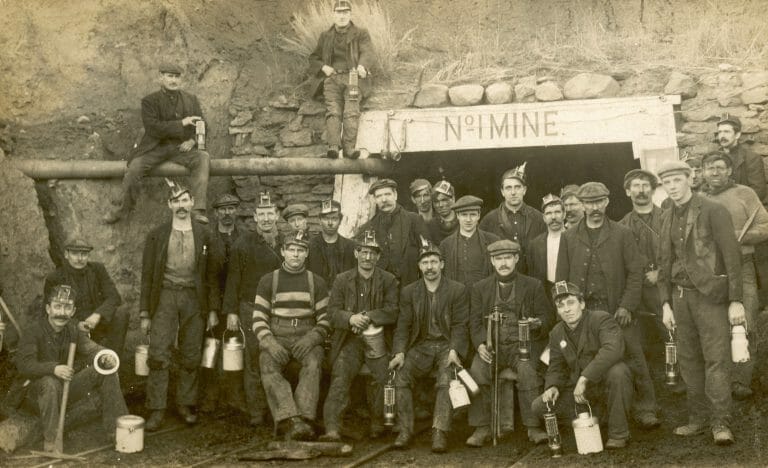


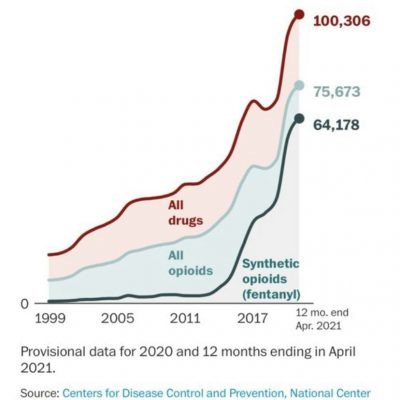
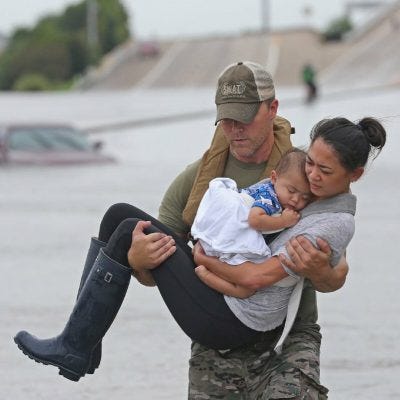
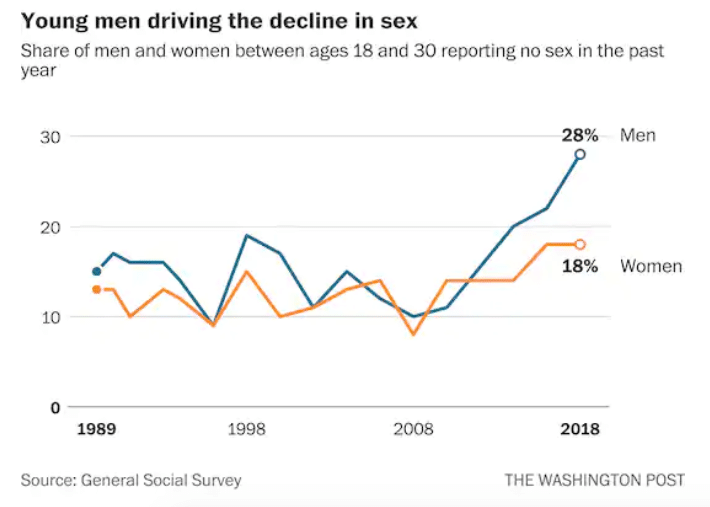
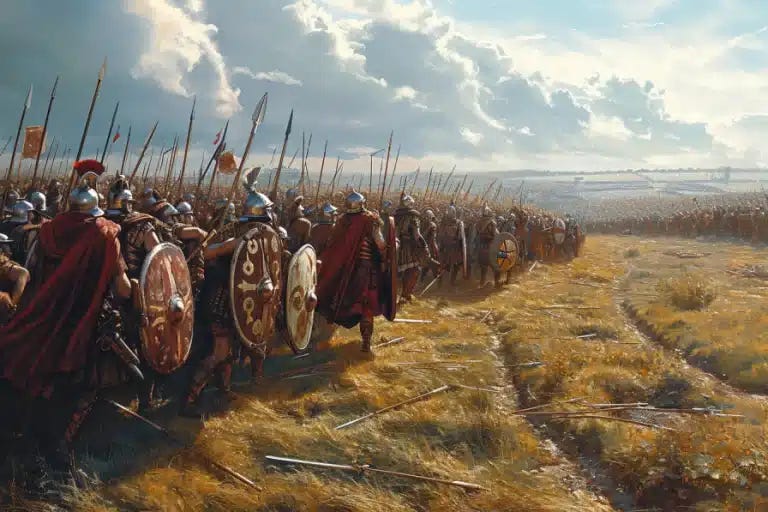
Moving intriguing and enticing piece of work